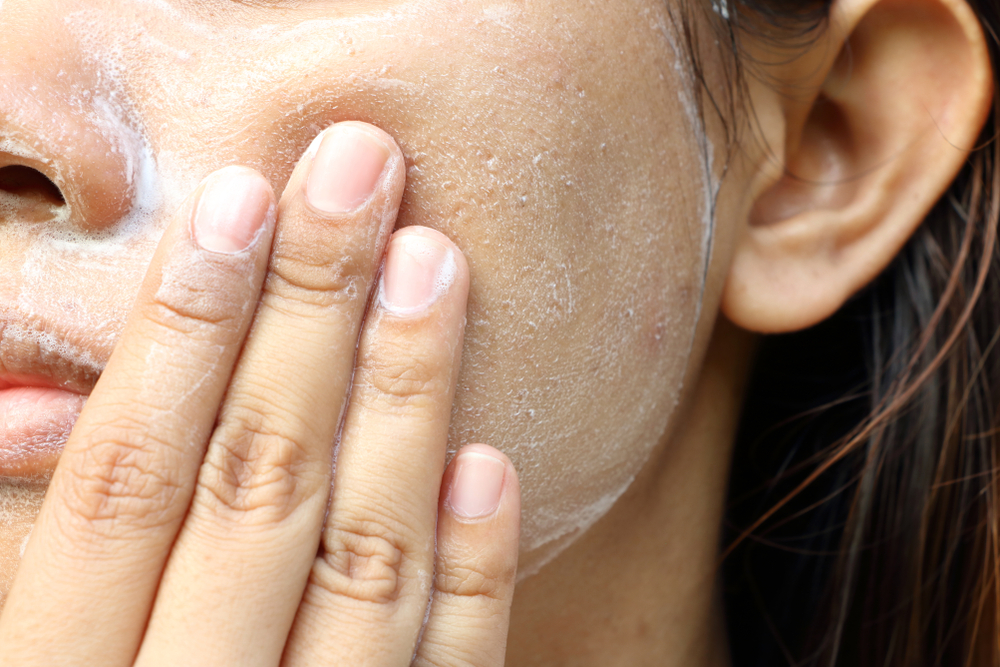Exfoliation is one of the easiest ways to restore a more vibrant and youthful appearance. As you age, your skin loses its luster, and can often appear dull and lifeless. Excessive build-up of dead skin cells is a result of infrequent to no exfoliation in your routine. This build up inhibits the hydrating properties in your skin care products, especially moisturizers, from being effectively absorbed by your skin.

A few namely culprits are:
The good news about exfoliation is that it doesn’t take a long time to start noticing results. Within days after exfoliating your skin will look healthier and more youthful.
Some of the more common and powerful agents when looking for proper anti-aging exfoliation and breaking up build-up are Retinols and acids like: Glycolic, Lactic and Salicylic.
Retinols are derived from Vitamin A, which is a powerful antioxidant used in many anti-aging skin care products. They promote faster skin cell turnover and help reverse the signs on aging. There are different forms of retinols that you can discuss with your medical aesthetician or dermatologist. One thing to note about retinols aside from being great exfoliators on their own is that they can sometimes be drying or cause irritation to your skin. Sensitive skin types beware. Retinols also make you more sensitive to sunlight, which is why they are usually recommended for nighttime application.
Retinol builds cells from the dermis and pushes old cells up through the dermal layers into the epidermis to be discarded. Glycolic acid then lifts those dead cells, or “unglues” them from the skin, exfoliating them off the skin’s surface, revealing a more refreshed appearance. Use retinol at night and glycolic in the morning to keep this cycle of exfoliation and rejuvenation going.
The Medical Spa and other skin care information contained on this website is provided for educational purposes and should not be taken as medical advice. To consult with one of our specialists in Denver and Greenwood Village, please contact us today for a free consultation. Facial Aesthetics – Our premiere Denver medical spa serves patients from Denver, Littleton, Cherry Creek, Castle Rock, and nearby communities in Colorado.
Copyright ©2020 | Website Designed, Developed and Optimized by Canvas Chicago.